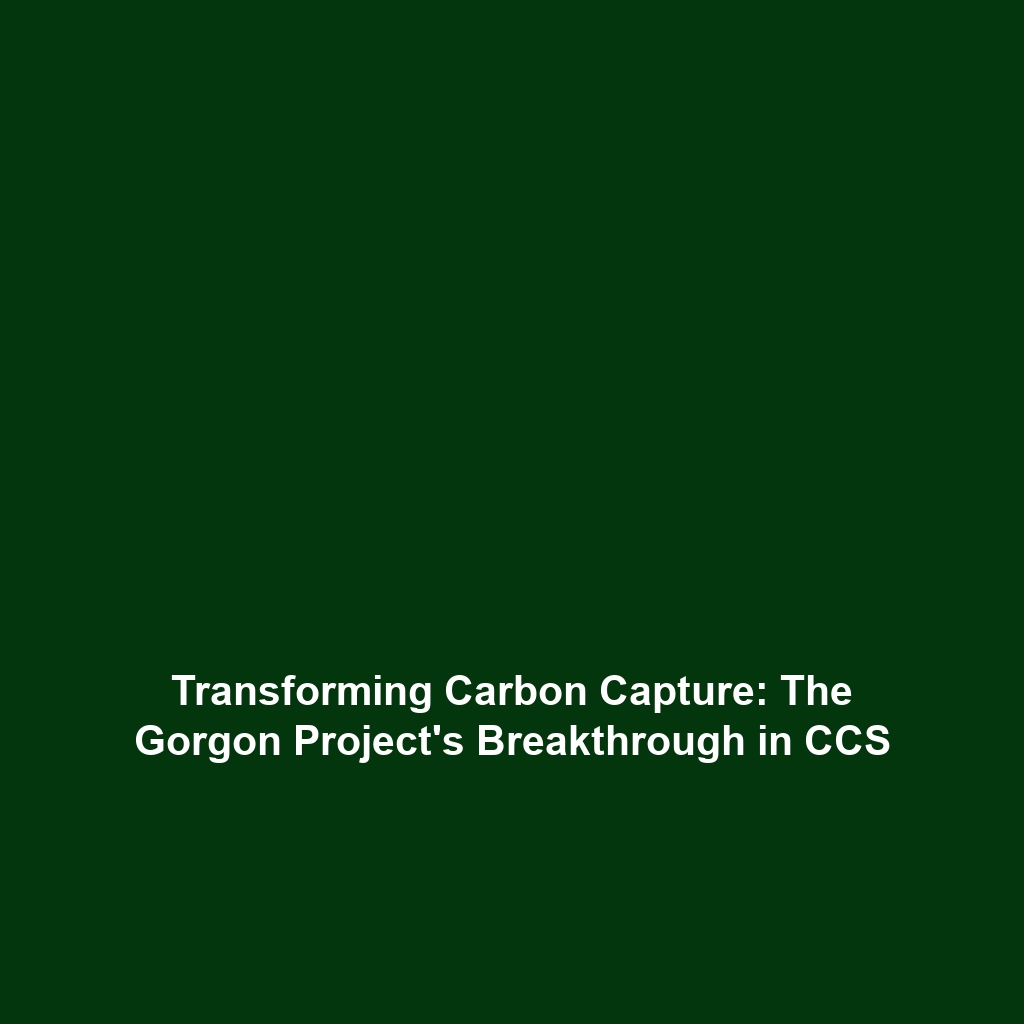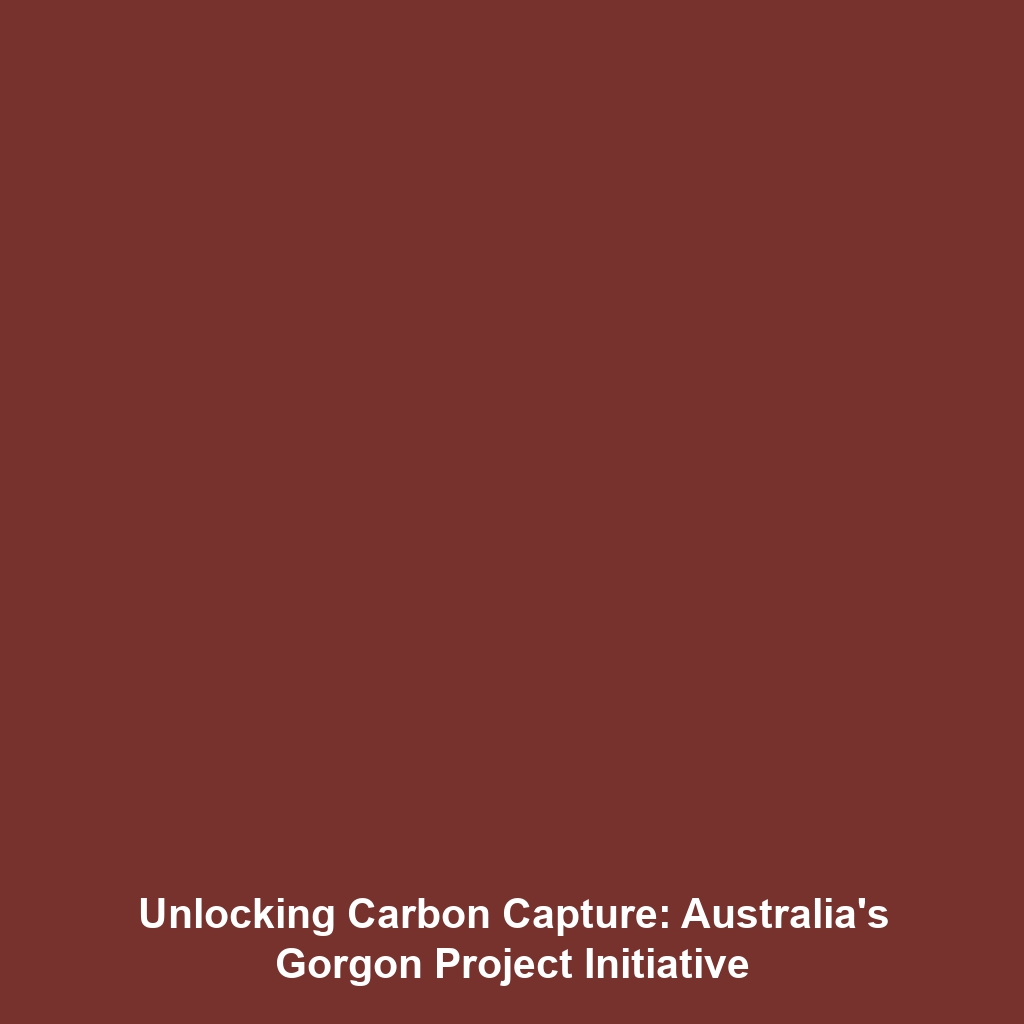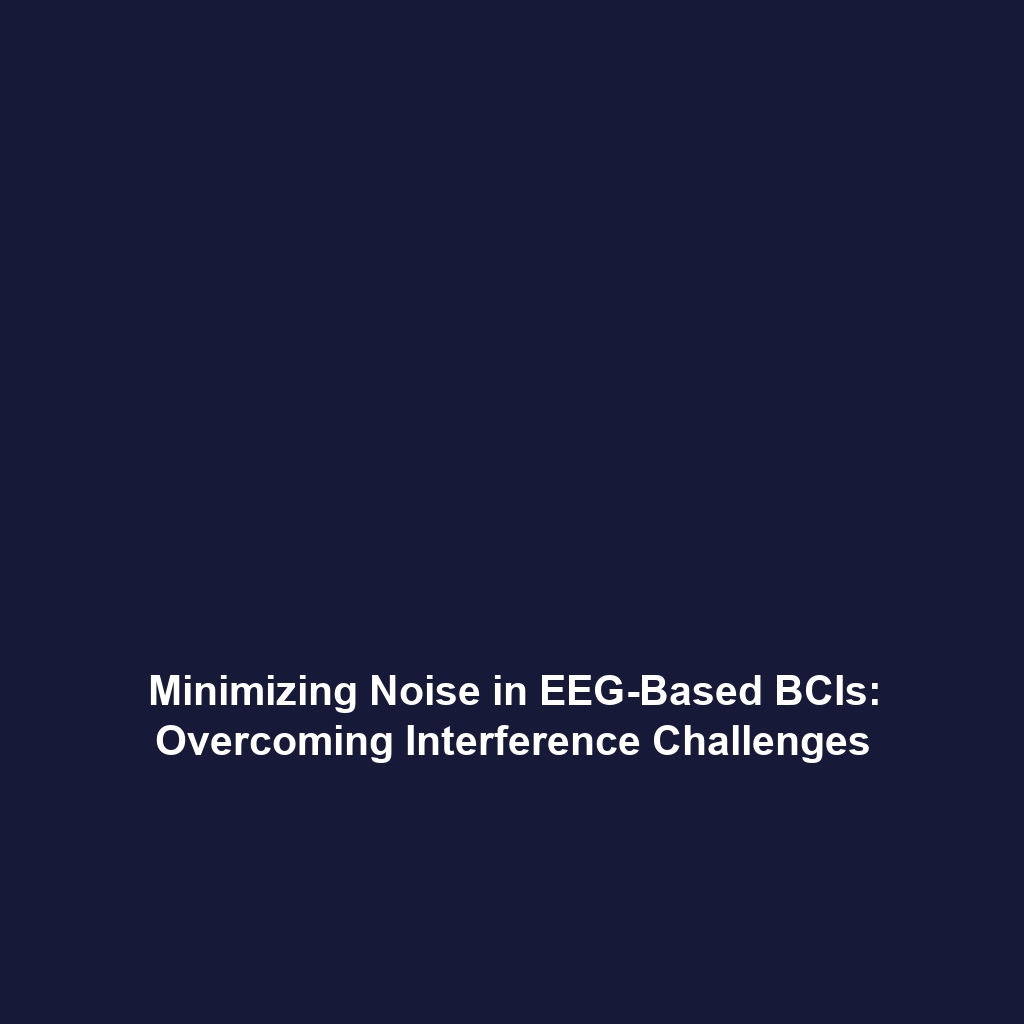The Gorgon Project: Advancements in Carbon Capture & Storage (CCS)
Introduction
The Gorgon Project, located off the coast of Western Australia, is a groundbreaking initiative focused on capturing CO2 emissions from natural gas production. This project is vital in showcasing how Carbon Capture & Storage (CCS) technology can mitigate climate change by reducing greenhouse gases in the atmosphere. By capturing and storing CO2 in deep underground reservoirs, The Gorgon Project aims to significantly lower the carbon footprint of natural gas operations, thereby contributing to a more sustainable future. This high-profile project not only has implications for Australia but sets a precedent for global CCS initiatives.
Key Concepts
Understanding Carbon Capture & Storage (CCS)
Carbon Capture & Storage (CCS) is a crucial technology in the fight against climate change. It involves three main steps:
- Capture: CO2 is captured at its source, this includes processes at natural gas facilities.
- Transport: The captured CO2 is then transported, typically via pipelines, to storage sites.
- Storage: Finally, CO2 is injected into deep geological formations where it is permanently stored.
The Gorgon Project’s Implementation
In the case of The Gorgon Project, the CO2 produced during natural gas extraction is captured at the LNG facility. It is then compressed and injected into the Dupuy Formation, a geological storage site located approximately 2,000 meters beneath the seabed. This innovative project exemplifies the potential of CCS technology to achieve significant reductions in emissions.
Applications and Real-World Uses
The Gorgon Project offers several significant applications within the framework of Carbon Capture & Storage (CCS). Some notable uses include:
- Emission Reduction: The project effectively reduces CO2 emissions from natural gas production, illustrating how CCS can lower the carbon impact of high-emission industries.
- Enhanced Oil Recovery: The stored CO2 can potentially be repurposed in enhanced oil recovery methods, optimizing extraction processes while also mitigating environmental impacts.
- Policy Guidance: The Gorgon Project serves as a case study for policymakers and investors in developing frameworks for CCS implementation globally.
Current Challenges
Despite its advancements, The Gorgon Project faces several challenges within the broader context of Carbon Capture & Storage (CCS):
- High costs: The establishment and maintenance of CCS projects require significant financial investment.
- Public Perception: Resistance from local communities regarding the safety and viability of CO2 storage can hinder project expansion.
- Technological Limitations: Enhanced efficiencies and novel technologies are needed to increase the effectiveness of CO2 capture.
Future Research and Innovations
Looking ahead, The Gorgon Project is poised to lead the way in carbon capture innovations. Ongoing research and technological advancements include:
- Next-Generation Capture Technologies: Developing new methods for capturing CO2 more efficiently and at lower costs.
- Monitoring Techniques: Innovations in monitoring stored CO2 to ensure its long-term stability and security.
- Carbon Utilization: Exploring opportunities to convert captured CO2 into useful products, bringing an additional economic benefit.
Conclusion
The Gorgon Project represents a monumental effort in the field of Carbon Capture & Storage (CCS), with its focus on capturing and storing CO2 emissions from natural gas production. As the project progresses, it not only aims to reduce greenhouse gas emissions but also provides invaluable insights and frameworks for the future of CCS technology. For further reading on carbon storage initiatives and their global impacts, explore more about Carbon Capture Technologies or review our Research Innovations in CCS.









